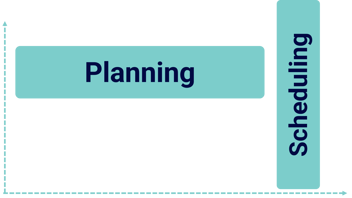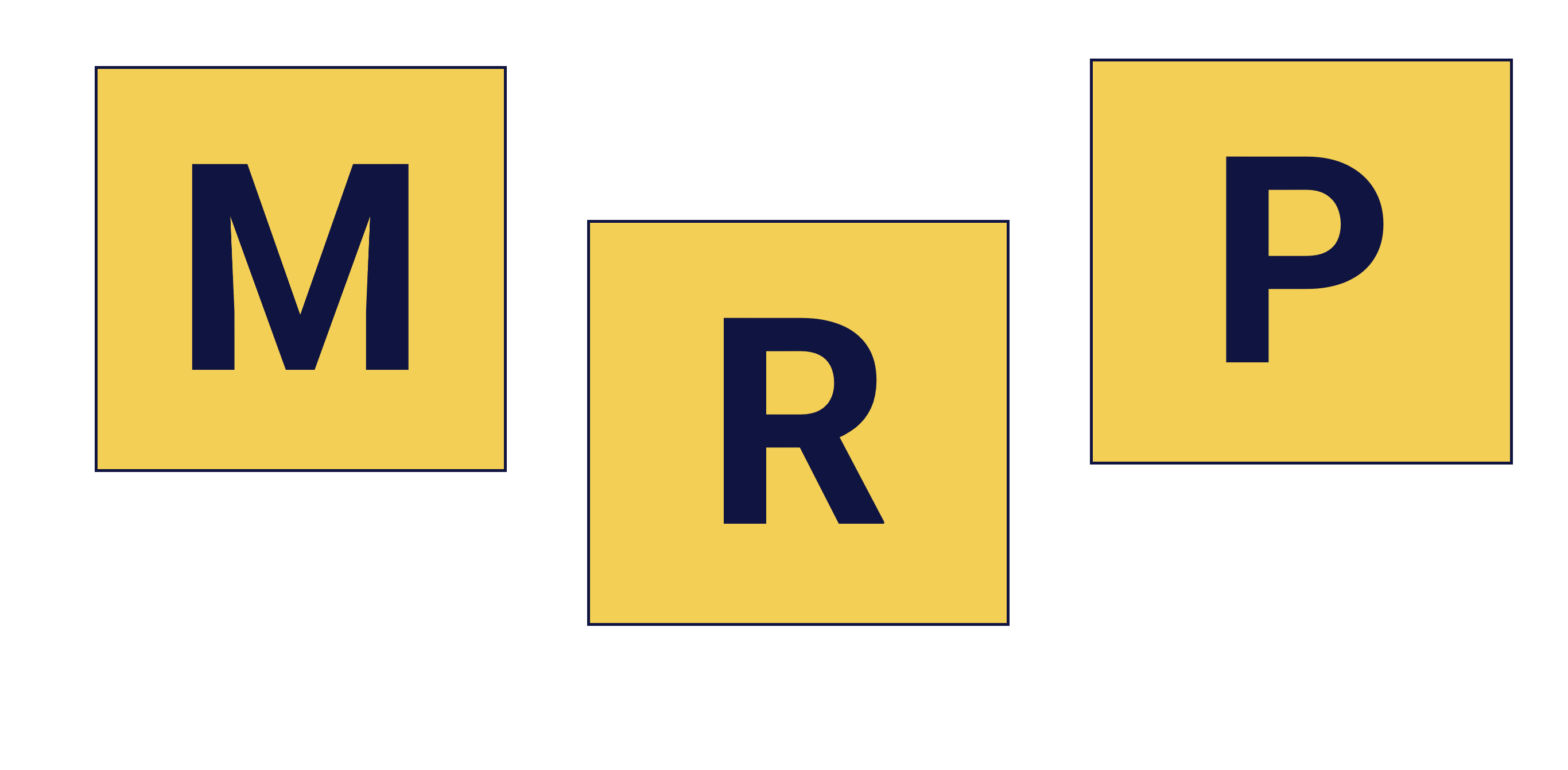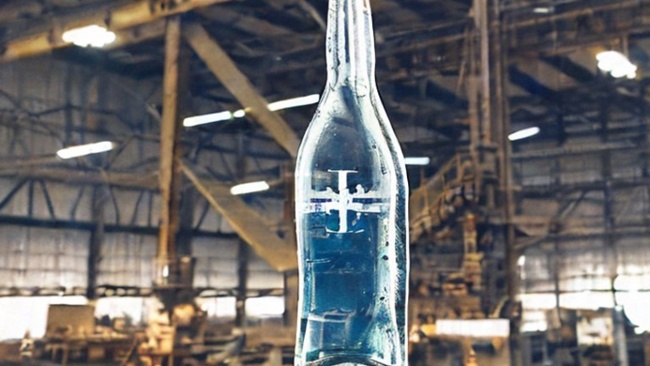Insight
The Evolution of Material Requirements Planning: Tracing the History of MRP
The inception and evolution of Material Requirements Planning (MRP) have played a pivotal role in shaping the manufacturing industry as we know it today. A journey that began in the 1960s, the development of MRP has been a story of innovation, adaptation, and the continual pursuit of efficiency in production. Let's embark on a historical tour of how MRP came to be and its transformative impact on supply chain management.
The Origins: From Theory to Practice
The concept of MRP was born out of the need to manage complex manufacturing processes more effectively. Before MRP, production was often guided by the principle of 'just in case' stocking, leading to excessive inventories and inefficiency. Joseph Orlicky, an industrial engineer, is credited with developing the first MRP system. His work was influenced by the Toyota Production System and its 'just in time' philosophy, but it was the lack of a comprehensive system for managing production and inventory that drove Orlicky to develop the initial MRP concepts.
The 1960s: MRP's Debut
In 1964, Orlicky implemented the first MRP system at Black & Decker, with the aid of an IBM 1401 computer. This revolutionary step marked a departure from the manual processes that had dominated the industry. The early MRP systems focused on three primary objectives:
- Ensuring materials were available for production.
- Maintaining the lowest possible material and product levels in store.
- Planning manufacturing activities, delivery schedules, and purchasing activities.
The 1970s: Widespread Adoption and Standardization
The 1970s witnessed the widespread adoption of MRP systems as companies began to recognize the immense potential for cost savings and efficiency improvements. In 1972, APICS (The Association for Operations Management) played a crucial role in standardizing MRP practices, leading to more uniform application across different industries. This era also saw MRP systems evolve to become more user-friendly and capable of handling larger amounts of data.
The 1980s: MRP II and Computer Advancements
The term MRP II (Manufacturing Resource Planning) was coined to describe systems that expanded beyond material requirements to include additional manufacturing processes. The rise of personal computers and advancements in software led to more sophisticated and integrated MRP II systems. These systems began to incorporate other aspects of production such as labor and machine capacity planning.
The 1990s to Present: Towards ERP Integration
With the advent of the internet and the rise of Enterprise Resource Planning (ERP) systems, MRP continued to evolve. MRP and MRP II systems began to merge into larger ERP systems that integrated various functions of an organization into one complete system to streamline processes and information across the enterprise.
The Future: MRP and Industry 4.0
Today, MRP is at the cusp of a new era as Industry 4.0 introduces technologies like the Internet of Things (IoT), artificial intelligence, and real-time data analytics. These advancements herald a future where MRP systems are more predictive, adaptive, and integrated with every aspect of the supply chain.
From paper-based processes to AI-driven systems, the history of MRP is one of innovation. It underscores the relentless pursuit of efficiency and the ingenuity of problem solvers in the face of manufacturing complexities. As we look ahead, the principles of MRP remain foundational, even as new technologies promise to propel materials planning into exciting new territories.





